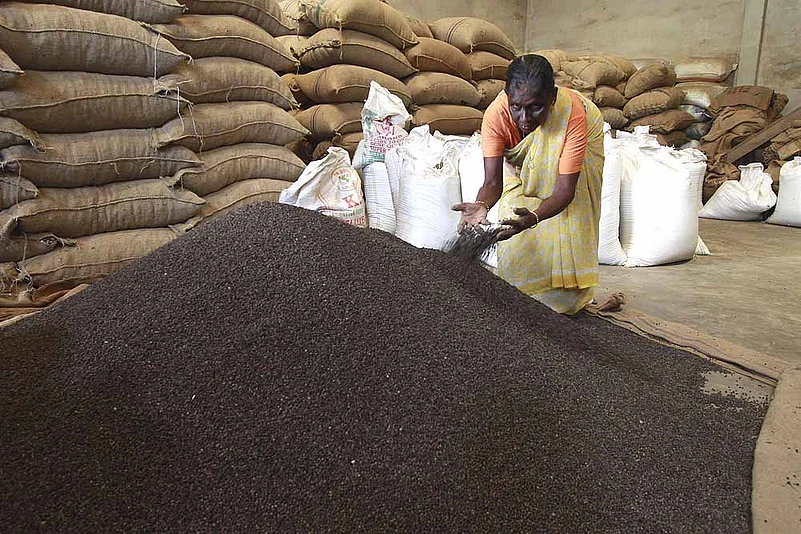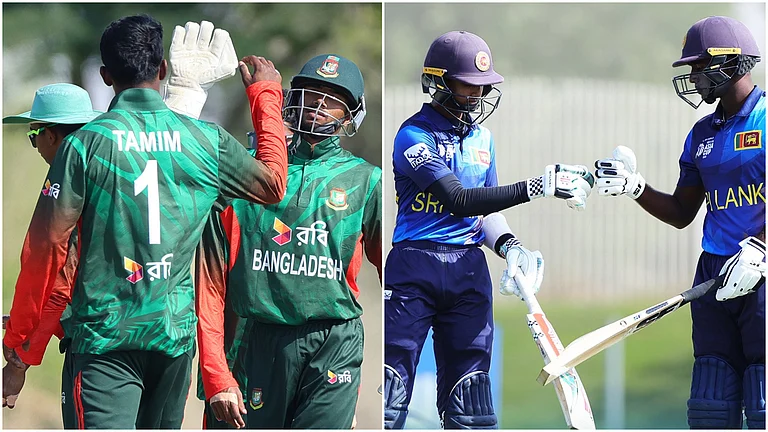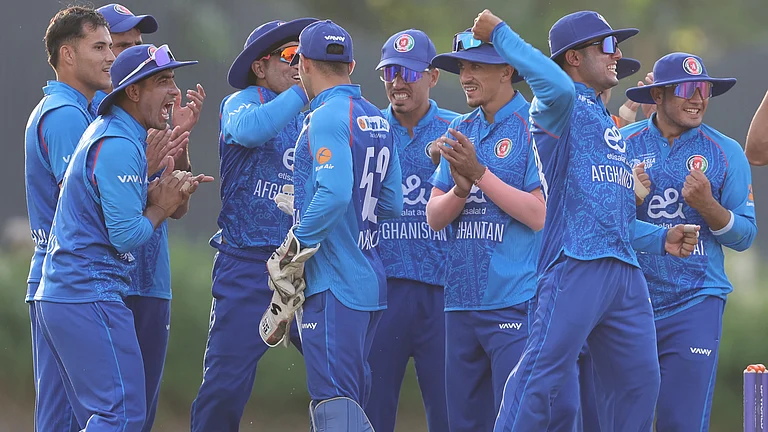Once upon a time, this small, pungent black berry was a key ingredient in world history. In Freedom at Midnight, authors Larry Collins and Dominique Lapierre trace the origins of the British Raj to the Malabar pepper: “History’s grandiose accomplishments can sometimes have the most banal of origins. Great Britain was set on the road to the great colonial adventure for a miserable five shillings. They represented the increase in the price of a pound of pepper proclaimed by the Dutch privateers who controlled the spice trade.” To break the Dutch monopoly, 24 English merchants founded a small trading firm on September 24, 1599, called the East India Company in London. The rest, as they say, is history.
Circa 2013, the Malabar pepper, considered the finest in the world, is witnessing a decline in production so acute that farmers whisper it will soon be a footnote in history. Only 50-60 per cent of Indian pepper is grown in Kerala; the Malabar spice no longer governs the world market at a time when—given falling production the world over—pepper prices are touching phenomenal highs, making it the new black gold.
The country was the largest producer of pepper till the late 1990s. However, Vietnam overtook it in the beginning of this century. Vietnam produced 120,000 tonnes of pepper in 2012-13 while India’s production stood at exactly half: 60,000 tonnes. Of this, Kerala’s production has come down to 35,000-40,000 tonnes (though farmers and traders say it’s even lesser), from its 100 per cent contribution from 1995-2000. Two other states—Karnataka and Tamil Nadu—now grow the remaining of India’s pepper output.

What explains this shift away from Kerala? “There is a geographical shift in cultivation areas,” says Bhavesh Vijasinha, a third-generation spice broker at Mattancherry. “The strong pepper-growing areas in Ernakulam district are drawing a blank. The spice is now concentrated largely in Idukki and Wayanad. The production just about matches the consumption.” Why, Kochi had a whole island which derived its name from the wild and abundant pepper that grew there—Mulavukadu (pepper forest), till it was overshadowed by its now more recognisable name—Bolghatty Island, after the palace on the premise.
Traders and farmers expect India’s pepper production to decline further to 35,000-40,000 tonnes next year. Says Anil Kumar, a farmer in Wayanad in northeast Kerala, “The high-range pepper was hit by the quick wilt disease and much of the crop was destroyed. The replanted crop is infirm and not of the same sturdy constitution as the earlier crop. The prolonged heavy monsoons in 2013 during the spike-setting stage will see less crop during the harvesting period. The climatic changes are playing havoc with the crop, so farmers are not interested in pepper.”
Further south in Idukki too, the farmers echo Kumar. Says Jaimie C. Paul, “Another problem farmers face is the high labour cost. The plucking of pepper is labour-intensive. Someone has to climb the tree and pluck them from the vines and we are not getting labour. So we find farmers moving to crops like cardamom, nutmeg and cocoa, where they can do their own harvesting.”
A major spice exporter in Kochi points out that they import all their pepper from Vietnam, Sri Lanka and Indonesia (though production there too is falling). “There are no primary producers of pepper in India unlike in Vietnam, Indonesia and Brazil,” he says. “The prices are also ruled by the fact that there is 70 per cent duty on imported pepper if it is to be sold in the local markets. So these high prices will prevail till more pepper enters the market. Like all crops, this too is cyclical.” Farmers, though, feel otherwise—pepper prices continue to remain high, but Kerala is unlikely revert to planting pepper like in times of yore.


























